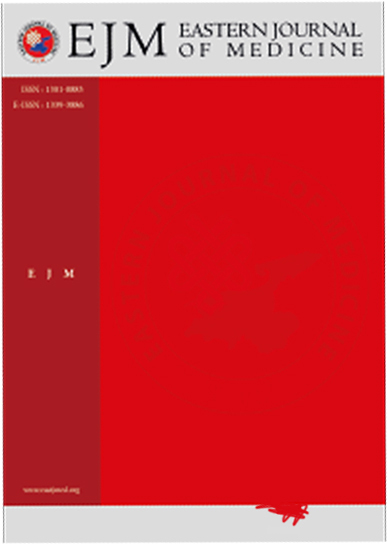Normative Cerebellar Tonsil Morphology: A Cadaveric Study of Bilateral Volume, Shape, and Three-Dimensional Spatial Relationships
Ufuk Erginoglu, Abdurrahman AycanDepartment of Neurological Surgery, University of Wisconsin School of Medicine & Public Health, Madison, WI, USAINTRODUCTION: Morphological features such as cerebellar tonsillar descent, increased volume, and a peg-shaped configuration are frequently described in Chiari malformation type I (CMI); however, their presence in the normal population remains insufficiently characterized.To define normative anatomical parameters of cerebellar tonsil morphology and determine the prevalence of features commonly associated with CMI in structurally normal adult brains.
METHODS: Thirty formalin-fixed adult brain specimens were analyzed. Tonsils were categorized as round or peg-shaped. Bilateral tonsillar volumes were calculated using ellipsoid modeling, and spatial relationships to the obex, cerebellar vermis, and inferior cerebellar peduncle were recorded.
RESULTS: The right tonsil had significantly greater volume than the left (1199.8 ± 463.1 mm³ vs. 1060.5 ± 400.7 mm³; p = 0.023), primarily due to increased width (11.2 ± 2.3 mm vs. 9.8 ± 2.7 mm; p < 0.001). Round-shaped tonsils were larger than peg-shaped ones on the right (p = 0.048), and a similar trend was observed on the left (p = 0.061). Peg-shaped tonsils were present in 35% of all specimens examined. Only left tonsillar volume correlated with obex distance (r = 0.385, p = 0.035). No associations were observed between volume asymmetry or shape and spatial displacement.
DISCUSSION AND CONCLUSION: This study shows that features often associated with CMIpeg shape, descent below the obex, and right-sided dominancecan occur in anatomically normal brains. Without compression or CSF flow impairment, these findings may not justify tonsillar reduction, and surgery should be guided by clinical, imaging, and intraoperative assessment.
Manuscript Language: English














